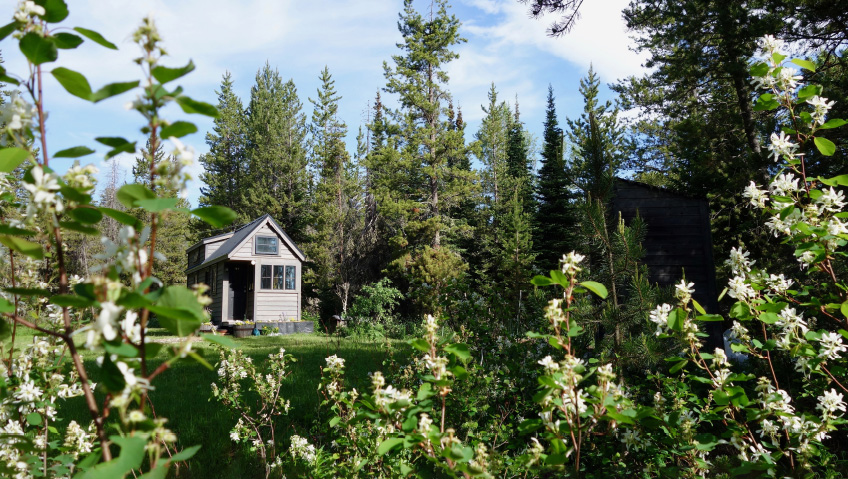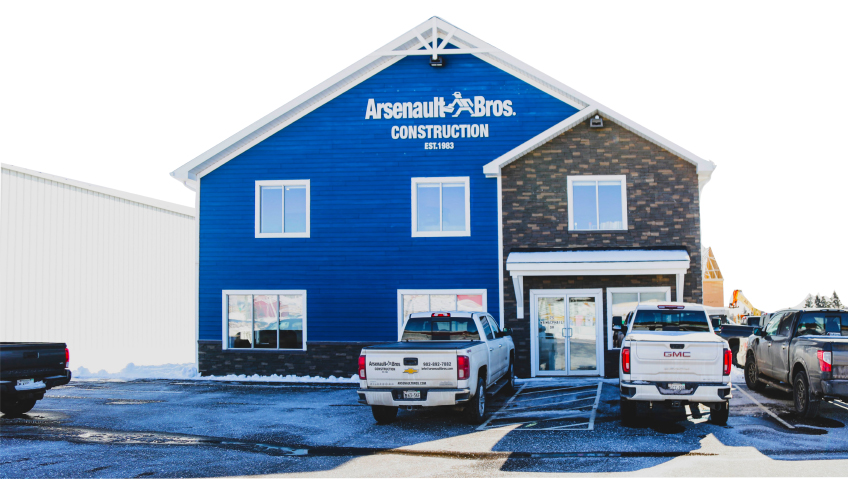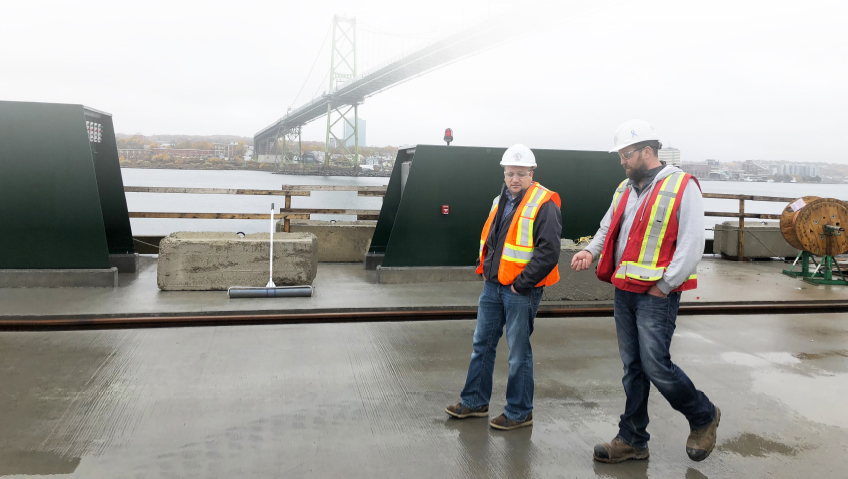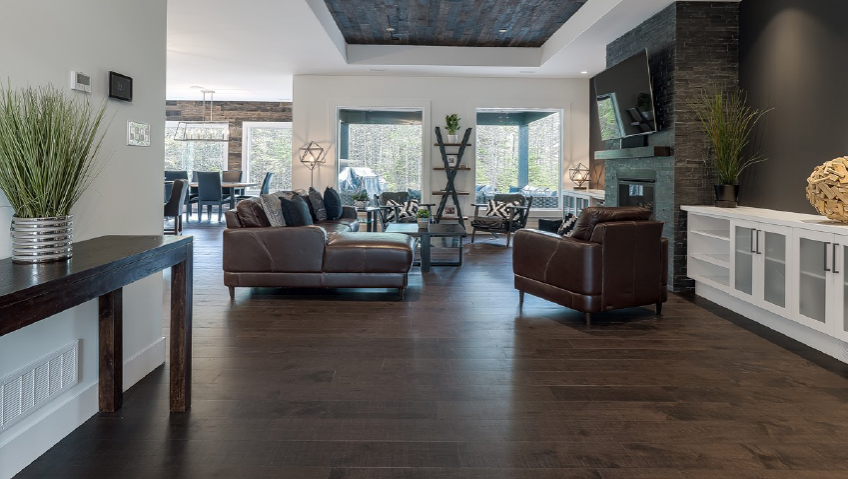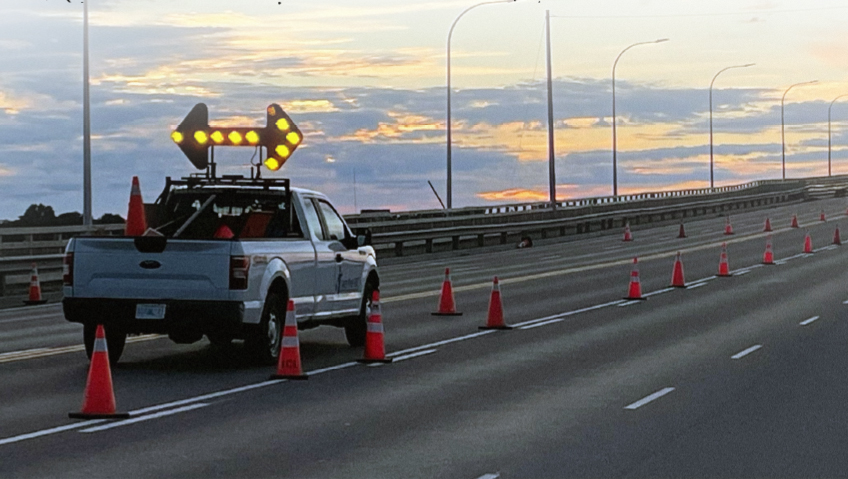Soaring inflation, volatile real estate, escalating fuel prices—with numerous challenges facing both builders and buyers right now, it’s understandably tempting to want to go “off the grid,” constructing buildings that function under their own power on your own terms.
While it’s an intriguing and exciting idea, the decision requires a lot of dedication, hard work, and sufficient funds, and comes with more than a few difficulties that can vary depending on location and the resources at your disposal. But with fortitude, tenacity, foresight, preparation, and a creative mindset, many of them are surmountable.
As it so often does, it largely comes down to location, location, location. Building new in a remote location comes with its own unique challenges of logistics, material supply, and access to utilities and labour. Or maybe you’re thinking of renovating your existing home, but how much land will you need to go really off-grid? If you’re talking independent food supply as well as power, you’ll require adequate acreage to potentially raise cattle or chickens and store feed, space to set up a garden, a waste management system, and access to a nearby, dependable water source, one of the trickiest and most expensive endeavours when making a move away from the suburban setting.
While it might be challenging to find land near a significant freshwater supply, the majority of off-grid homesteads obtain water by drilling a well and utilizing hand pumps to collect water as needed. If you have a generator, running water is possible if you don’t mind spending money on diesel, while installing a greywater system that uses waste water from the kitchen and laundry to irrigate a garden and flush toilets is also a great method to recycle water and ensure there’s plenty of it.
An off-grid home’s ability to function with a working toilet is a definite must, and while a septic system installation is expensive, composting toilets are a great alternative to manage waste and are far less expensive than septic systems.
Of course, the main concern for most people preparing to go off-the-grid is how to power their home, and solar energy is typically seen as the best long-term investment, although a variety of alternative energy sources are available depending on different financial situations, geographic regions, and energy requirements. While securing a reliable power source could mean erecting between 15 and 30 huge solar panels—a considerable investment—as well as a generator for backup power, the majority of the electricity produced by off-grid power systems in rural regions comes from burning fossil fuels, which are not only expensive, but can have an adverse effect on the environment.
A backup generator is frequently a crucial component of off-grid solutions, particularly in the event of adverse weather, which is sure to put your off-grid home through its paces wherever you happen to reside. From extremely cold temperatures to heavy rain, gusty winds and sweltering summer days, there’s much to consider. Heating and cooling equipment are infamous for consuming a lot of energy, so the best strategy for navigating extreme weather is to plan ahead whenever possible, beginning with understanding how much power a solar panel system can provide during these weather challenges and having low-power alternatives available.
Diesel generators are handy and generally reliable, but the majority of renewable energy sources produce significantly less current when a short circuit occurs. Since diesel-powered generators are not intended to operate at low load levels, some will need to be shut down, and integrating renewable energy sources typically results in a large reduction in the rotational energy reserve. As a result, frequency stability may suffer significantly and power system blackouts may happen more frequently. To avoid blackouts and frequency fluctuations, power generation and the load on the power system must be balanced at all times.
Advancements are continually being made, however, and massive amounts of renewable energy may soon be easily integrated into off-grid systems with the help of emerging technology, such as power storage systems and better control systems. When combined with renewable energy, energy storage is an effective tool for balancing grid supply and demand. Large-scale energy storage technology deployment offers front-of-the-meter services, such as grid assistance and generation support. The use of energy storage technology also makes it possible to firm up renewable energy capacity and time-shift renewable energy. Energy storage also controls the demand for peak loads, enhances power quality, controls distributed power generation, and lowers energy import during periods of high demand.
Robust integration techniques maximize the cost-effectiveness of integrating variable renewable energy into a power system while preserving or even improving system stability. The power distribution and transmission system also combines distributed generating, demand response, and energy storage technologies, while renewable energy sources like solar and wind have a tendency to fluctuate over time.
Regardless of which power source you choose to employ, keeping your home’s exterior protected year-round is also non-negotiable, particularly when it comes to weather, and there are several effective ways to make your own off-grid home weatherproof. Your home’s temperature can be significantly impacted by insulation and window placement, while submerging pipes and cisterns underground will keep them from freezing and cutting off your water supply. If you can’t bury them, it’s essential to wrap your pipes for the winter with anything containing plenty of air bubbles, such as polystyrene or bubble wrap, effectively trapping the heat. Heat tape, a long strip with a heating element, can, with adequate power, be hooked into your home supply at one end and wrapped around your pipes at the other.
For many people, going off-grid means independently supplying your own power and water, but if it also entails growing your own food, there are even more considerations to address, including your access to farming land, the size of the area, suitability of the soil, your personal farming knowledge and skills, and maybe most importantly, the amount of time you have to spend cultivating enough food to feed yourself and your family.
Ultimately, when preparing to live off the grid, embracing flexibility and creating backup plans in case things don’t work out as planned is vital to not only building but fully inhabiting the off-grid lifestyle. From the initial planning and handling of the off-grid transition, to maintaining financial stability, caring for the food supply, doing laundry, learning new skills, and weathering storms both literal and figurative, the process is labour-intensive from the start, and one best shared with experts who can offer practical advice.
No matter where you choose to live, going off-grid can be isolating and challenging. Whether your home is far from your nearest neighbours or you’ve converted your existing dwelling in a suburban neighbourhood, small stages are essential to building an off-grid life while spreading out the cost if you’re unable to make a sizable initial expenditure.
If you’re serious about committing to constructing or living in an off-the-grid dwelling, beginning by cultivating and preparing your own food, eliminating waste from your life, and paying closer attention to how much energy you use is a great way to go. Before committing to an entirely off-grid existence, starting small can help you save money for a reliable and long-term setup—and help you get used to getting away from it all.

